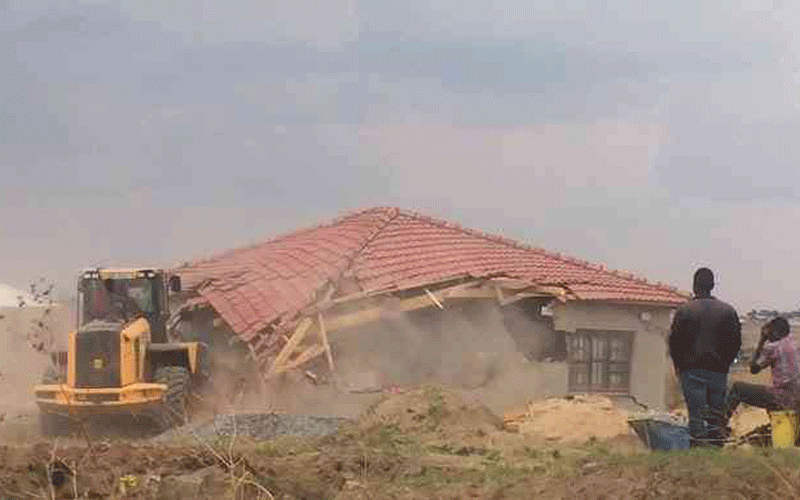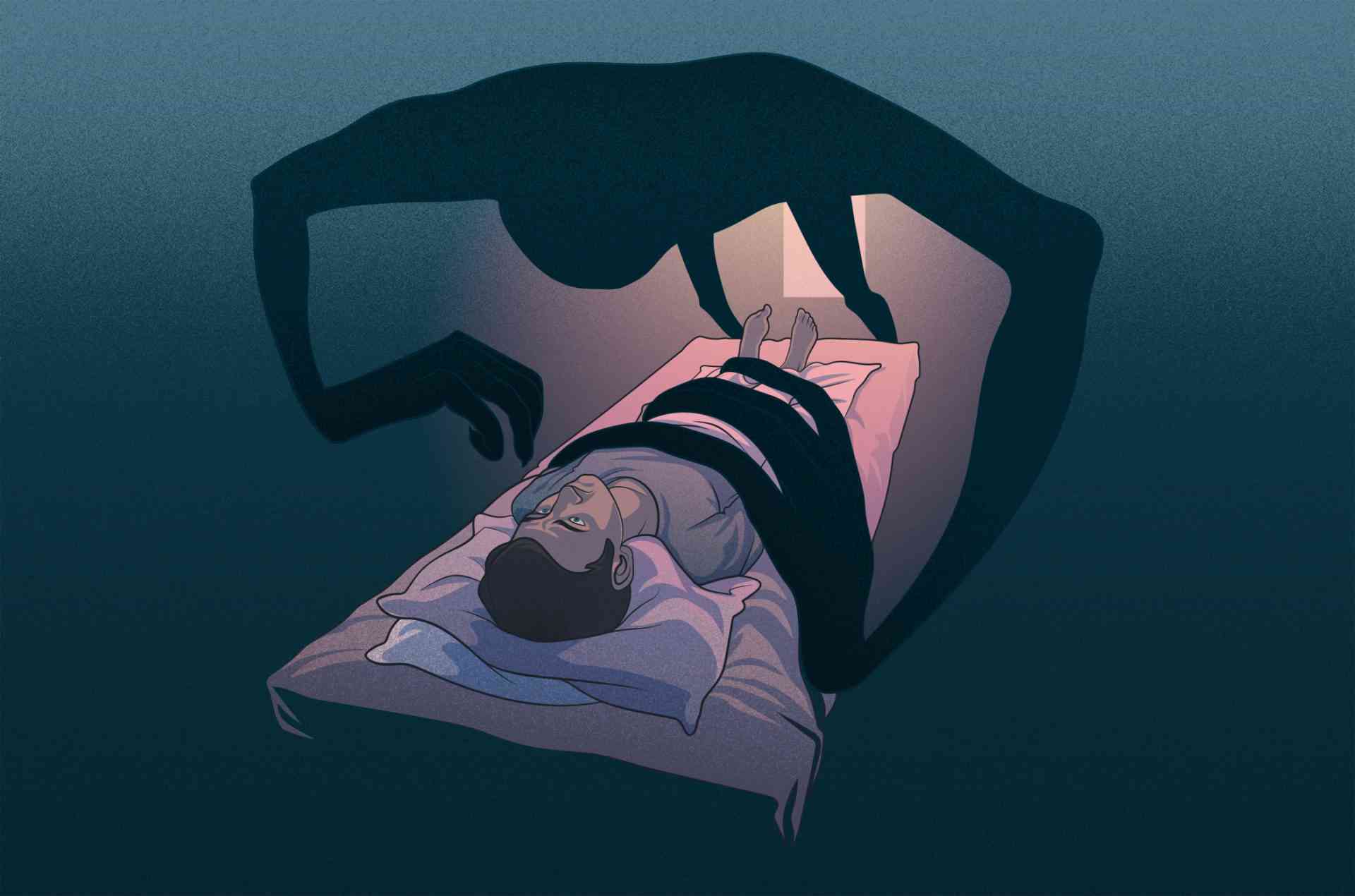
In Zimbabwe, as in other parts of the world, public relations (PR) and marketing professionals are expected to learn new digital skills. More importantly, they have to be awake to the unique nature of potential crises that could emerge online.
public relations with Lenox Mhlanga

In last week’s column, we saw how it is folly to use the traditional approach for online crisis management. The new requirements for that have been codified into five core beliefs, two of which we shared.
The first core belief is that companies needed to prepare for threats that emerge through online social networks. The second is on the requirement to respond to online crises expeditiously, within minutes, and not hours.
We noted that business leaders should appreciate the fact that online conversations aren’t bound by organisational bureaucracy. The time taken to approve responses to these should be cut down to the minimum.
According to James Donnelly, who leads crisis management at PR firm Ketchum, online social networks are great listening posts and should be monitored.
“There’s an obvious benefit for companies to stick a stethoscope to a computer monitor and listen to the online pulse. However, it’s easy to get carried away by taking every criticism to heart,” Donnelly warns.
Which should explain the attitude of a senior marketing official I engaged with recently. He was open as to admit that their strategy was “to ignore” online conversations that were toxic.
- Chamisa under fire over US$120K donation
- Mavhunga puts DeMbare into Chibuku quarterfinals
- Pension funds bet on Cabora Bassa oilfields
- Councils defy govt fire tender directive
Keep Reading
Yet, ignoring the ominous signs of a gathering online storm will not make it go away. Charlene Li, founder of Altimeter Group proposes we apply “socialgraphics”, a technique used to better understand specific behaviours of targeted customers.
The co-author of Groundswell: Winning in a World Transformed by Social Technologies, Li says that this approach can also apply to monitoring for emerging crises.
“It is more efficient to segment audiences and focus on the opinions that matter or those that can gain widespread traction,” she says.
Thus, when scrutiny begins to rise above the noise, ask what audience is prompting the attention and speed of this crisis. Is this just attention seeking or a lone-wolf blogger with an agenda?
Could it be a determined detractor, trying to bring attention to his or her own agenda by slinging an arrow at your company? These scenarios will no doubt sound familiar to brands that have had unsolicited attention on social media.
The “Pfuko-Udiwo Maheu” social media crisis in 2015 that put Dairibord Zimbabwe in the spotlight easily comes to mind. It was a direct attack on a brand the company had invested a lot in both product development and marketing in a congested market.
That case study was the classic, “What not to do in an online crisis.” Dairibord made the mistake of responding to an online generated issue offline. In other words, it did not have a significant online presence to articulate to.
So an analysis of whether this situation would negatively affect the online and offline audiences was out of the question. The Pfuko-Udiwo Maheu fire continued to rage online regardless. Dairibord could not determine which online audiences were important to their business in this regard.
The“online” code says that in a crisis, companies need to have an online voice that resonates with the marketplace. Dairibord learnt the hard way that corporate-speak and press releases are not the way to go on social networks.
In a crisis, social networks want to hear from an authentic voice, ideally from someone with institutional knowledge to share or a perspective on if the company is handling the situation in a way that is consistent with its values.
It’s better to find those people within a company and give them the time and resources to communicate properly with these communities. This may require an orientation or some coaching.
Unfortunately, some companies are hiring the young, hip and plugged-in to be the direct interface, because they know the language of social media. This could be folly, particularly where an asset as valuable as a company’s reputation is concerned.
The final point is on addressing a crisis with online audiences not being a one-time event. These are relationships that need to be built and nurtured.
While it would be wise to continue cultivating your online relationships long after you manage a crisis, this depends on, among other things, the type of crisis.
“If the crisis is a finite event, a product recall for example, then it’s possible to build special recall microsites, Twitter feeds and Facebook pages to disseminate information broadly,” Donnelly advises.
He says that the company has to be active on each of these new channels. But if the recall has been successful, then the company can choose to let those channels expire rather than awkwardly continuing these relationships.
In my personal experience, I have seen how a crisis can be like surgery. It opens up a company’s innards to outside scrutiny. All of a sudden people who were uninterested with what you do want to know what you stand for, and if it matters to them at all.
It’s an opportunity for your online audiences to connect more with the brand. For all we know, that attention may fade with the crisis, but that few minutes of infamy could cause irreparable reputational damage.
“After they’ve managed a crisis, these same companies may feel compelled to keep connecting in ways that may do more harm than good for their reputations. Like people, organisations must first be true to their tendencies,” writes Donnelly.
Finally, a company’s comfort level regarding social networks is key. I have shown elsewhere that in Zimbabwe a large number of organisations are still comfortable at “being offline”. They continue to live by the adage that says, “what you don’t know will not hurt you”.
In this age where information technology is inescapably transforming the business landscape, it would be folly for them to remain in the foxhole. With or without you, social conversations will continue around your brand 24/7.
The reality that we have to live with is how much social media impacts on reputation management. Classic crisis management strategy demands that we be prepared rather than caught unaware.
We can’t longer afford to live by that maxim that says the more the landscape continues to change, the more it remains the same. The effect of social media on organisations is a story that continues to be written. It’s probably premature to use permanent ink to capture any beliefs about online crisis management. At least for the moment.
Lenox Mhlanga is a communication specialist. He is an associate consultant with Magna Carta Reputation Management Consultants and has experience working with the World Bank Group. He also is a part-time public relations lecturer at the National University of Science and Technology. He can be reached at [email protected] or Mobile: 0772 400 656.











